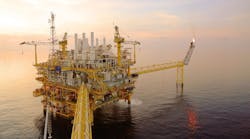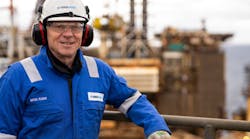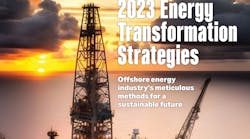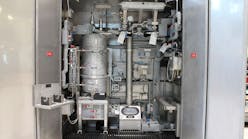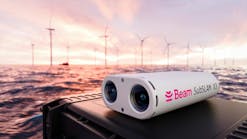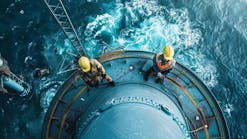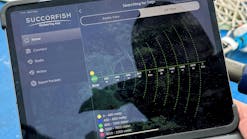How today’s challenges in offshore are shaping tomorrow’s opportunities
Editor's note: This article first appeared in the 2023 Executive Perspectives Special Report, which published within the November/December 2023 issue of Offshore magazine.
By John Day, Wood
While the offshore oil and gas industry is facing challenging regulatory and resourcing environments, operators are investing in the next generation of technology and talent to improve profitability and future-proof assets.
In the Gulf of Mexico in particular, there is a delay in FIDs reflecting operators’ general lack of confidence in long-term prospects because it has become increasingly difficult to obtain the necessary permits to drill new wells and build new facilities. As a result, we are seeing more subsea developments tying back to existing host platforms rather than newbuild FPUs.
Looking to the future of offshore in this region, Wood anticipates operators will drill new wells and enhance their existing facilities to accommodate the subsea tiebacks. There will still be the occasional new development, but the primary focus will be on optimizing existing facilities.
Integrating digital tools into offshore operations
With the focus on capital efficient solutions to improve project economics and hedge against risk, there has been an increased emphasis placed on digitalization. Operators have become more interested in reducing offshore personnel requirements through automation and new technologies, like digital twin, decision tools and predictive maintenance. These innovations also result in lower emissions and increased safety.
A few major UK operators have already seen the positive results from integrating digital solutions into their offshore assets—one removing 67,000 hours of maintenance backlog and another saving £270 million (US$330.6 million) in inventory across the client's assets.
Optimizing operations with decarbonization solutions
It's also important the industry help clients decarbonize their offshore assets through the application of digital solutions. Operators are taking a deliberate and measured approach to planning their paths toward net zero. Since many energy companies have a net-zero target by 2050, new facilities coming online in the next decade will be incorporating both proven field technology and anticipated technology in the development pipeline.
Investing in the next generation
When it comes to resourcing, there are a lot of retiring engineers that will take a breadth of experience with them, so the offshore oil and gas industry is investing in developing the future generations of engineers, designers and technical talent so it can continue engineering offshore facilities.
By showing the next generation of energy professionals that the industry is decarbonizing and digitalizing the oil and gas industry, it is attracting and developing more young talent. Future generations have an opportunity to make a difference working in this industry, because the innovative solutions being developed and implemented today will help drive energy security as we work toward the energy transition.

